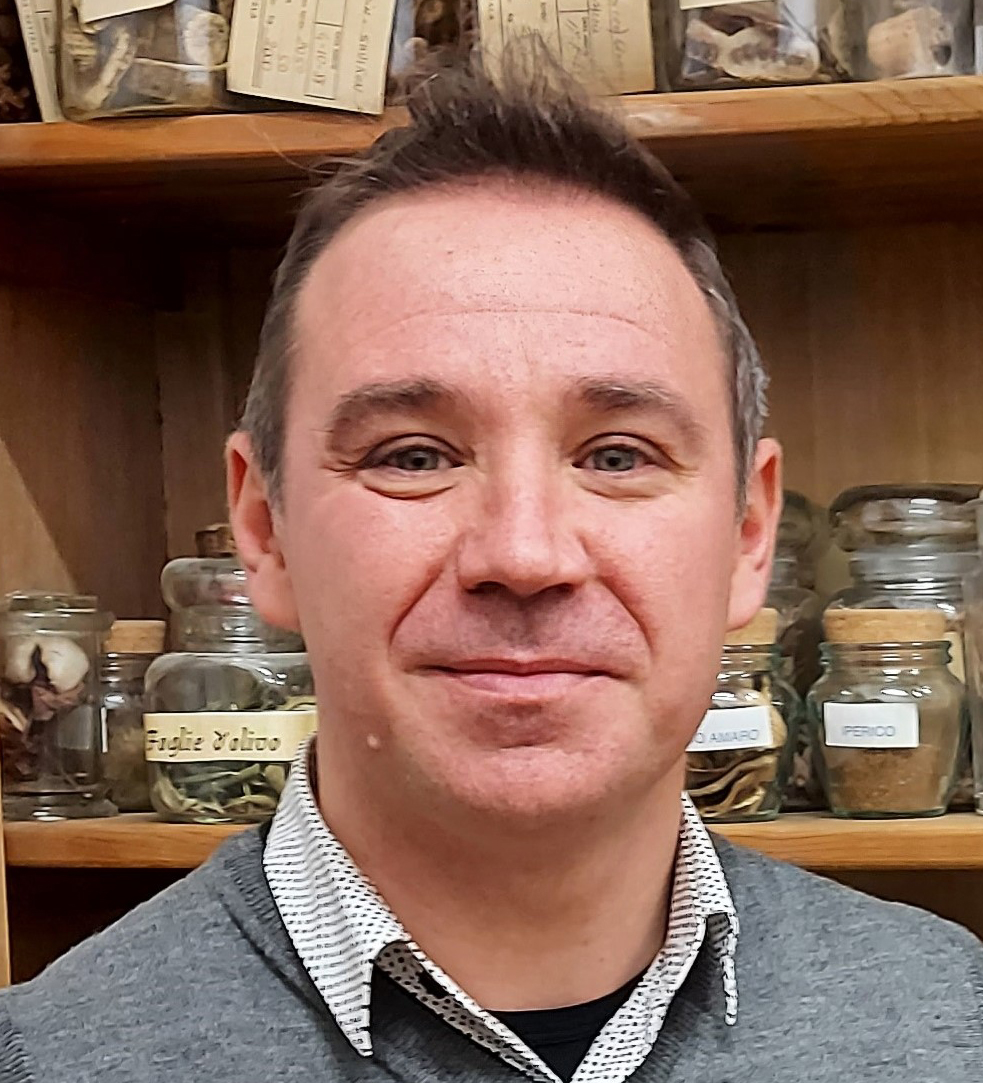
Panel discussion on...
Natural ingredients
Botanical food supplements.
Watchword: phytochemical analyses
The quality of herbal products used as food supplements and as medicines as well is a very fascinating subject, dramatically demanding at the same time. Indeed, the variegate number of quality controls required for herbal products are like no one else in the context of products for human health: agronomic procedures, collection, first transformations, extraction processes, all of these stages need to be adequately controlled in order to ensure the safety, first of all, but also the effectiveness of a product. Our most trusted ally is the phytochemistry; in fact, thanks to modern analytical platforms, precise multiparametric quantifications and metabolomic profiles as well could be obtained.
Currently, the phytochemistry is so advanced and accessible, therefore studied at very high levels, that a chemical qualification needs to be provided for all marketed botanicals, without exceptions: no chemical characterization = no quality, that’s it. Not only: the current goal of phytotherapy is to consider the whole phytocomplex in a better way both for the selection of the herbal material and to assess the quality of a preparation. In practical terms, a wider concept of chemical marker should be taken into account today, as yet considered for several pharma-grade herbal preparations: Hypericum perforatum L. (St. John’s Wort) aerial parts has a peculiar phytocomplex which includes hyperforins, hypericins and flavonoids and only the quantification of all these secondary metabolites can provide the overall quality of the manufacturing process.
Another example worthy to be cited is ginseng root (Panax ginseng C.A. Meyer): if total ginsenosides represented the chemical marker of the species and its preparations once, today the chemical quality of ginseng is assessed by specifically monitoring the content of ginsenoside Rb1, ginsenoside Rg1, which represent the two most important ginsenosides subclasses, panaxadiols and panaxatriols respectively.
Obviously, modern pharmacological research and phytochemistry help each other to reach a higher level in the knowledge of botanicals phytocomplexes.
The phytochemistry needs to be fully integrated in the sector of food supplements, also to prevent adulterations; in recent years we have witnessed basic adulteration (saffron, red yeast rice, grapefruit seed…) made possible by the scant attention of some distributors to chemical analysis. It must be said that chromatography, gas or liquid, when used at full capacity is a versatile, affordable and reliable tool to analyse herbal products. But sometimes the problem of adulteration of herbal products reaches levels hard to imagine: chicken wastes to adulterate saw palmetto, rutin enriched flowers to adulterate ginkgo, peanuts peels for cranberry… A hard work to do to avoid that bad stuff entered in the market. The modern omic-based techniques and also NMR and isotopic analyses are extraordinarily valuable and capable of outlining large datasets and identify discrepancies. These chemico-physical analyses have a major plus: they are useful to analyse both raw herbal materials and finished products.
Finally, chemical analyses can detangle normative issues. In the case of the already described H. perforatum, according to the Italian Normative, the ratio between hyperforins and hypericins differentiates preparations usable as food supplements or in medicine. Another practical example: in 2022 the European Commission and consequently many national health authorities have taken into account the status of novel food or non-novel for many herbal extracts, which directly can affect the marketability of a product as food supplement.The market history of turmeric extract enriched in curcuminoids (curcumin and its demetoxy derivatives) dates back to before 1997 (entry onto force of the first novel food regulation), but food supplements enriched in the sole purified curcumin have been only recently marketed and they may be properly considered as novel foods. Thus, chemical analysis able to distinguish extracts with the whole curcuminoids complex and those with only curcumin can clearly define if a turmeric preparation could be considered a food supplement or not.
Panelists
References and notes
- EFSA
- COMMISSION STAFF WORKING DOCUMENT EXECUTIVE SUMMARY OF THE EVALUATION of the Regulation (EC) No 1924/2006 on nutrition and health claims made on foods with regard to nutrient profiles and health claims made on plants and their preparations and of the general regulatory framework for their use in foods
- Food Institute Consumer Interest in health wellness boosts botanicals (website)
- Frontiers in pharmacology - Understanding plant to extract ratios in botanical extracts
- Vitafoods Insights - What does the nutraceutical industry really think of the EU Directive on sustainability?
- IQVIA and Pharmaline Data
- Natural product insider - Herbs and botanicals meet blended demands of traditional wellness and validated efficacy – analysis



















